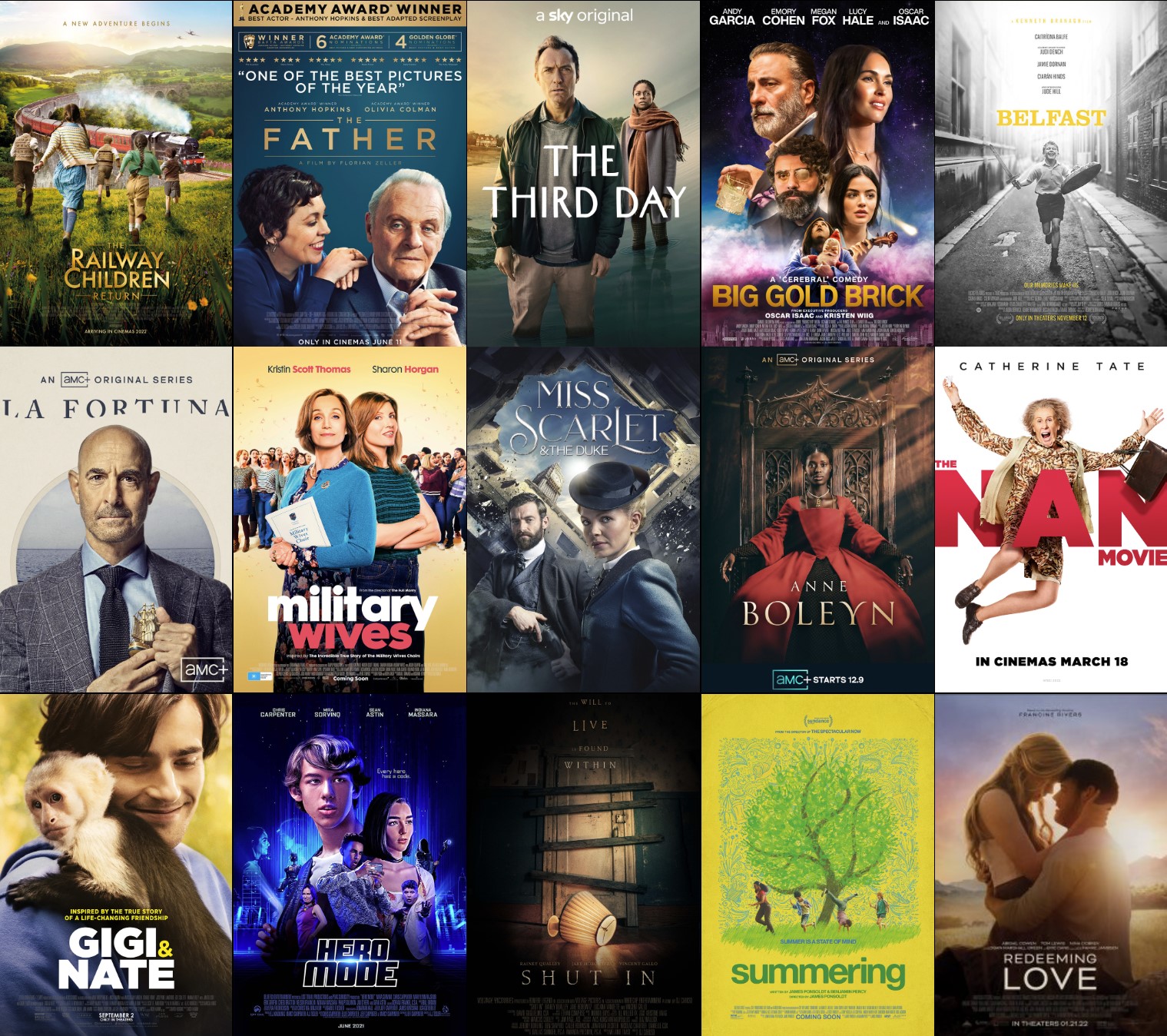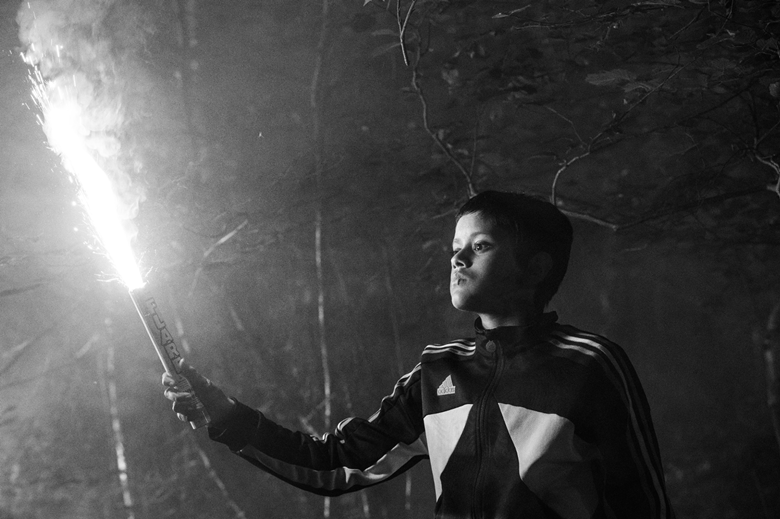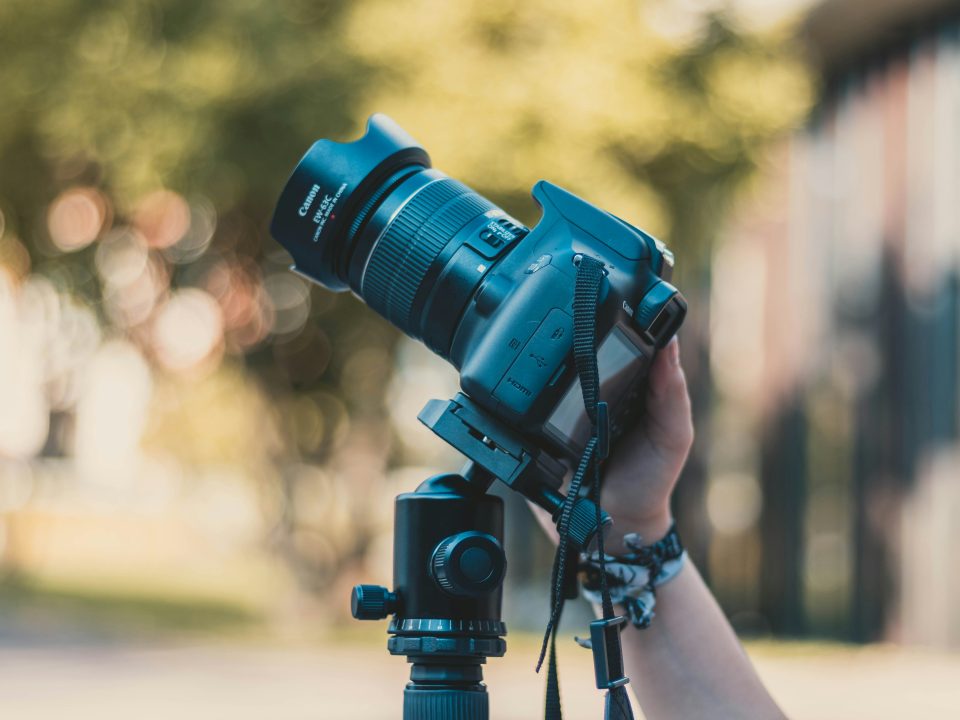
Why You Still Need a Unit Stills Photographer in 2025
(Even With AI)
—and why “pull a screengrab and upscale it” is only half a plan
Hook: One chance, one poster, one swipe
The lens is rolling, the slate snaps, and somewhere in the crowd a social‑media manager is already drafting tomorrow’s teaser post. In a world where audiences scroll at a thumb‑blurring thousand images a minute, the urge to lift a single frame from the edit, pump it through AI, and call it hero art feels irresistible. But the reality is this: when your reputation, marketing spend, and long‑term legacy ride on those stills, cutting the dedicated photographer is a false economy.
Before we dive into the unique roles a unit stills photographer fulfils, let’s acknowledge the tool most often offered as their replacement.
The honest truth about frame‑grabs and AI upscaling
Screengrabs exist because they are relatively cheap, come fully colour graded with the exact cinematic angles of the production, and now, - thanks to AI - can be upscaled to the resolution you need. They can serve a production well when expectations are realistic and when the use case matches the technology’s strengths.
Why people reach for them
- Cost‑cutting: No extra crew line, kit hire or travel expenses.
- Cinematic matching: Shots that have the benefit of being framed exactly how the cinematographer intended.
- AI wizardry: Modern super‑resolution tools can turn a pristine 4 K clip into something that looks billboard‑worthy—provided the source is immaculate.
- Director and studio sign-off: If it made the final cut then you know the key stakeholders are happy - now it's just about getting approval from the talent.
Where the silent compromises lurk
- Cine shutter angles and speeds bake in motion blur that algorithms can’t reverse.
- Ten‑bit log colour lacks the nuance 14‑bit RAW gives a retoucher.
- Compression artefacts and rolling‑shutter bends expand along with resolution.
- Frame‑grabs inherit the camera original’s entire chain of rights and union clauses.
- Extracting crisp images from hundreds of gigabytes of footage usually means coordinating editorial, VFX, DIT, and having someone go through the film frame by pain staking frame (as much 172,000+) - hardly the lightning‑fast solution marketing needs.
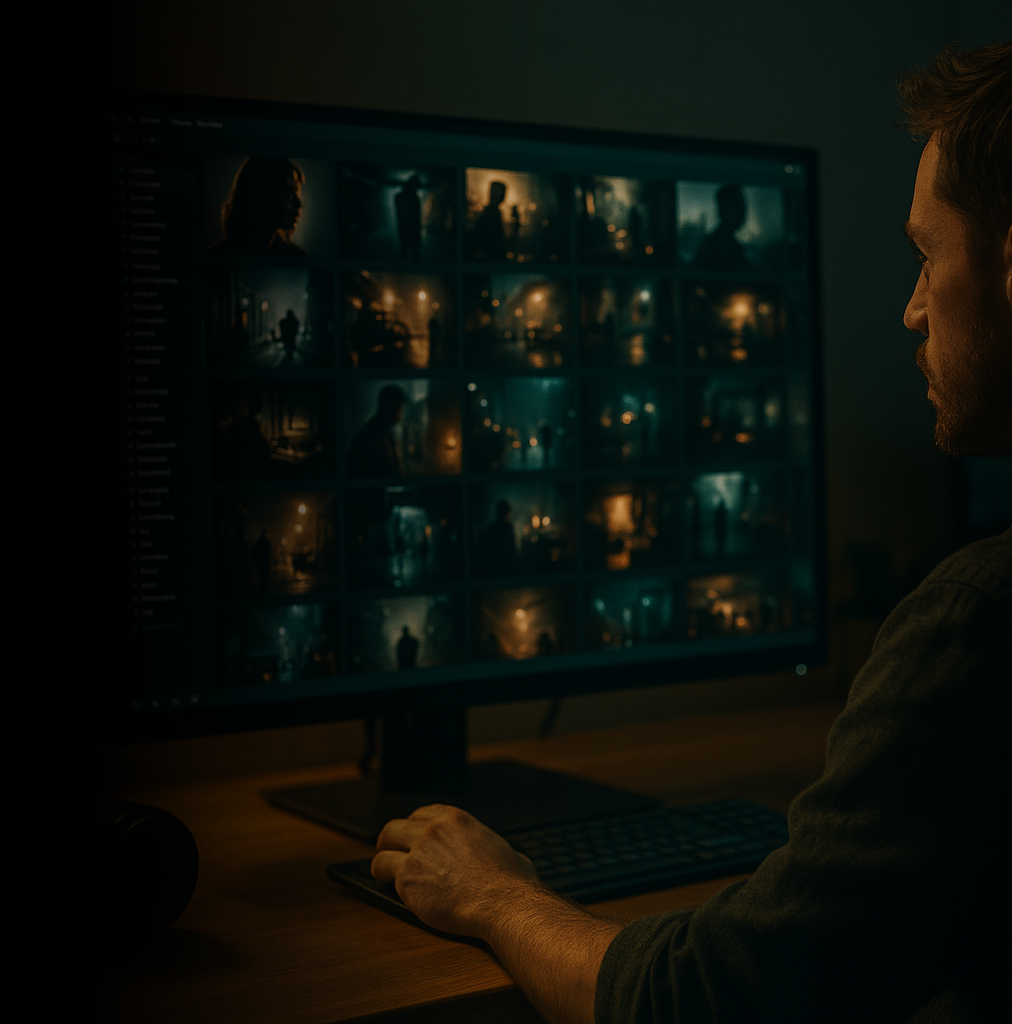
When frame‑grabs are the right tool
- Emergency parachute: Your bargain stills hire delivers soft, mis‑exposed files or lacked the experience to know how to 'get in there' and get the key moment - and you need a usable image for a press release, stat!
- Continuity and VFX plates: Exact geometry and lighting references for technical departments that can't be eyeballed by a photographer handholding a camera with 5 seconds to get the shot.
- For ultra micro budget productions who wouldn't have been able to hire a stills photographer in the first place and can make do with screengrabs.
Frame‑grabs are brilliant utilities—but they’re only part of the toolkit, never the toolkit itself.
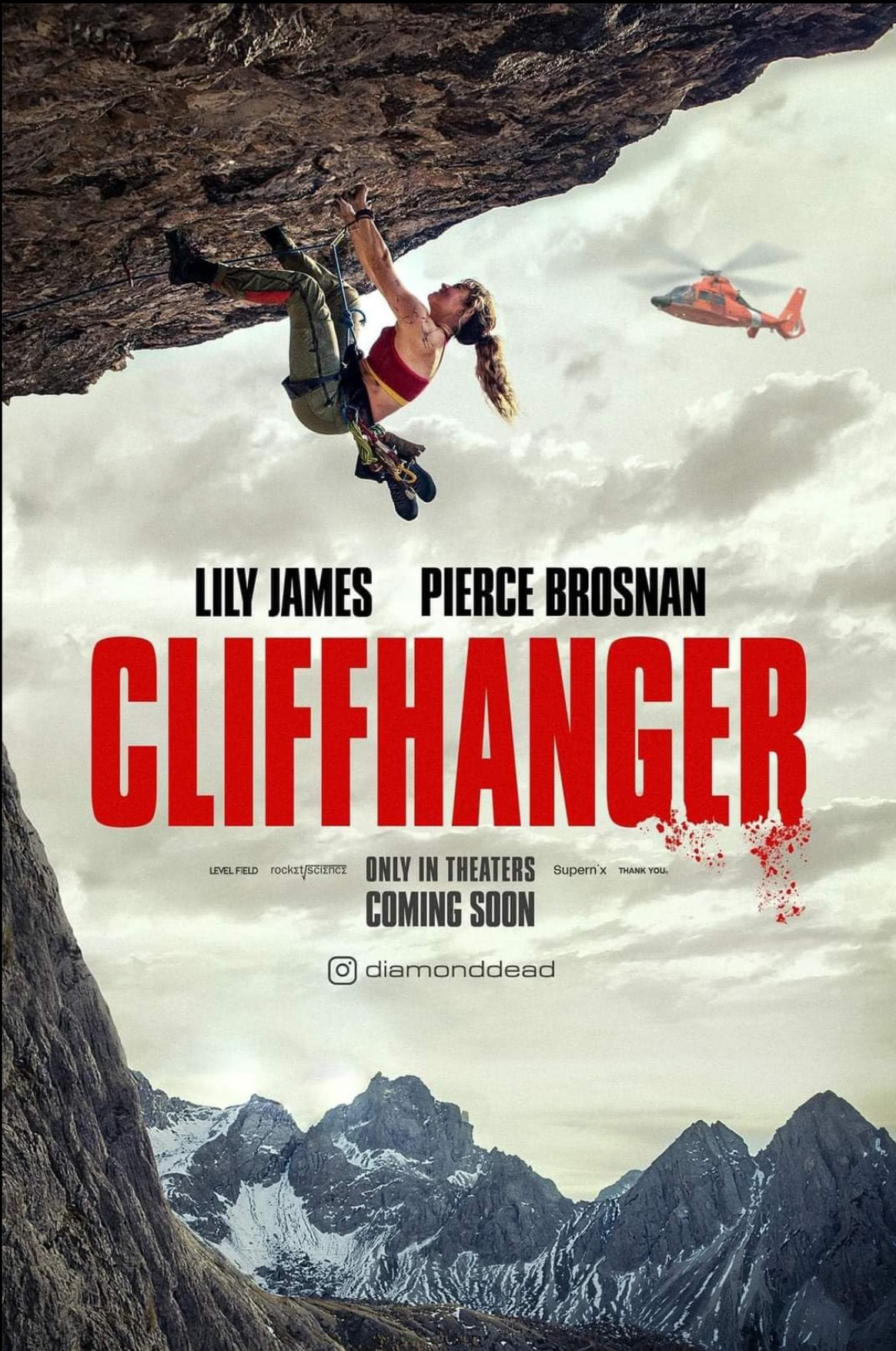
Photographer: David Lukacs
Five ways a unit stills photographer earns their keep
- PR framing: Unlike the cine cameras that need multiple frames to capture the scene, a unit photographer has the freedom to adapt their framing so that all the information you want to share about a moment can be contained within a single image.
- Poster framing: In addition to clean cinematic shots, they can shoot options including negative space and portrait orientated framing to give you instant options for posters and other display formats that require different spacing and aspect ratios.
- Set-ups: When PR has a dream shot in mind to sell the show but it doesn't happen on set as imagined, the unit photographer has scope to set something up.
- Megapixel muscle: 24-60+ MP RAW masters allow vertical crops from landscape frames and more with quality to spare.
- Full narrative coverage: Not just hero shots, but also candid crew moments, props, plates and VIP set visits; all the extra supporting material you need for PR that isn't going to be caught by the cine camera.
- Razor sharpness: Each frame is as sharp as it needs to be whereas screengrabs often contain motion blur.
Buy cheap, buy twice
It can be tempting to book an inexperienced or cut-price photographer, but this really is a false economy and one of those times where you really do get what you pay for. Here's why you want the pros:
- Silence is golden: Inexperienced unit stills photographers often don't realise they need to shoot silently and either won't have the kit or they will blunder through a take with their shutter clicking everyone to anger.
- Relationship diplomacy: Experienced set photographers know how to liaise with talent and navigate tricky onset dynamics so that they can get the shot publicity needs without upsetting A-Listers or directors.
- Technical prowess: Inexperienced photographers will often shoot with their camera set to 'auto,' not realising that the settings it's providing are causing major technical issues with their shots in some cases rendering them completely unfit for print. All that work (and money) for nothing!
- Kit for every challenge: A pro set photographer will have the kit to deal with all manner of challenging situations such as low light, tight spaces and fast action - shots a poorly equipped photographer wouldn't be able to get.
- Get in, get out: A pro knows how to get deep into the scrum of the shooting crew to get those iconic, cinematic frames, then get out again before anyone even knew they were there. Compared this to inexperienced photographers who either often don't have the confidence to shoot anything other than rehearsals and BTS or disrupt filming (and tempers) by getting in the way during a take.
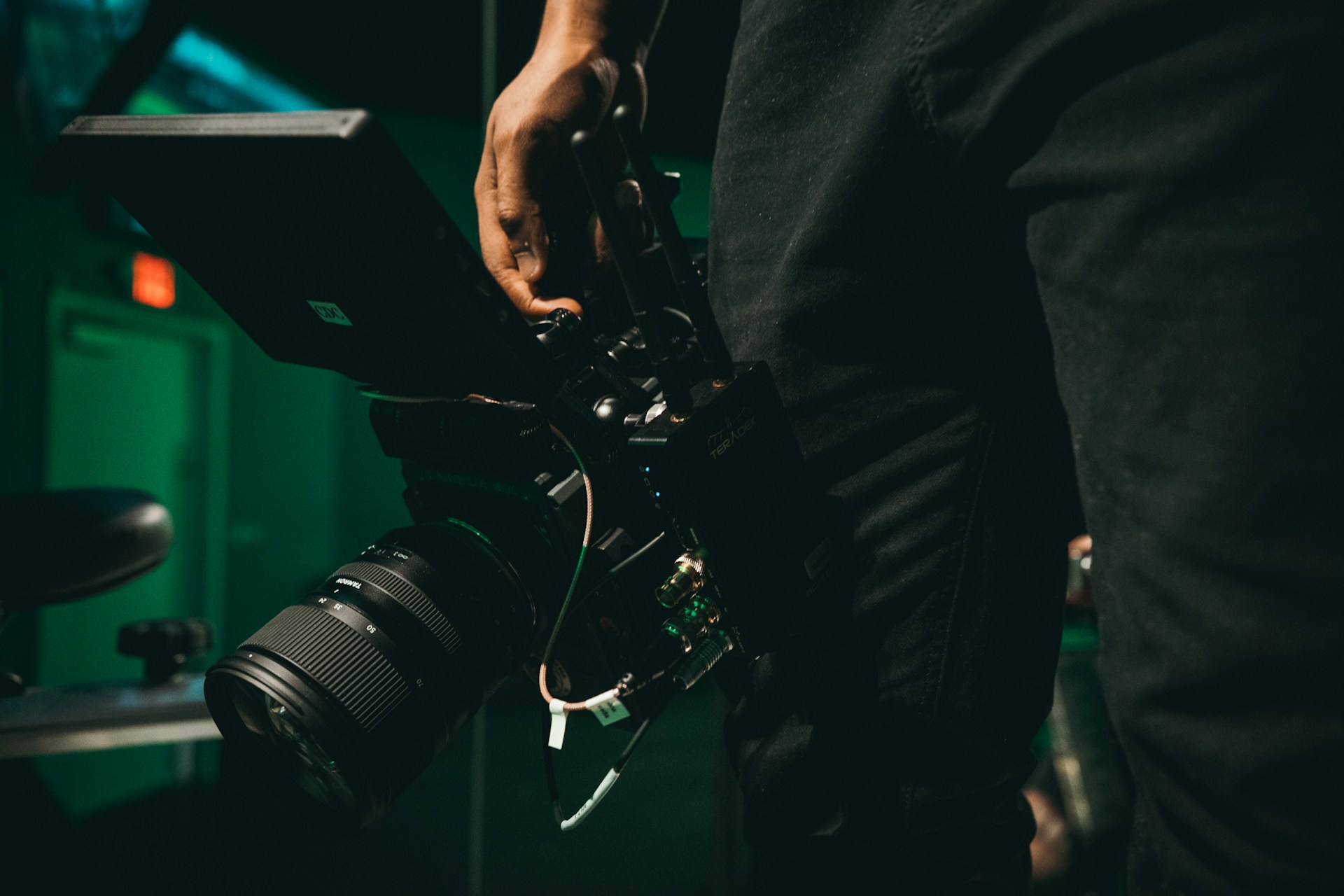
Photographer: Kyle Loftus
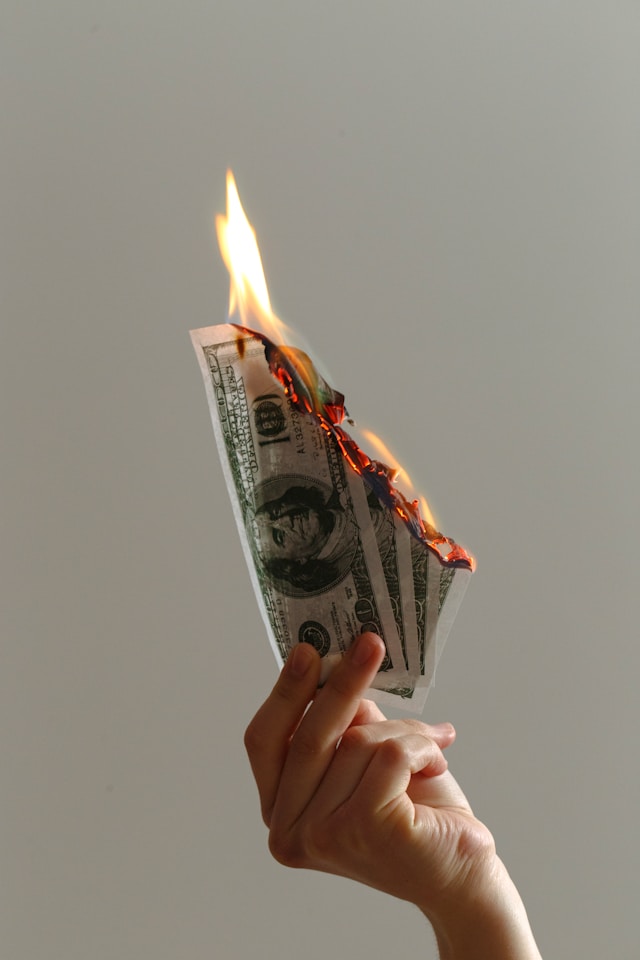
Photographer: JP Valery
The hidden price of skipping the pro
Imagine this: it’s 5pm on final‑delivery night. You open the stills drive and thousands of JPGs populate the screen. Soft focus, motion blue, equipment in shot—almost every frame is useless or requires extensive editing.
The feeling is like buying bargain shoes for a black‑tie gala, only to discover—on the red‑carpet—that the soles have peeled and the stitching’s undone. You either limp inside looking ridiculous or sprint to a 24‑hour shop and pay twice as much for an emergency pair.
In practice, that panic translates to:
- Campaigns dropped: Locations have struck, props returned, talent unavailable; there's no chance of getting those hero shots you imagined for your upcoming press release plans!
- Emergency retouching: High‑end artists charge premium rates to mask blur, rebuild textures and strip compression artefacts.
- Gallery reshoots: Talent is re‑booked, HMU re‑hired, and a studio rented. The meter starts in the thousands and climbs fast.
- Delayed launch: Publicity waits for usable artwork, algorithms miss their beats, and a streamer fills the slot with someone else’s show.
Every pound “saved” by cutting the professional quickly multiplies into five—or ten—spent patching holes under impossible deadlines.
Closing argument: Make every frame count
In an ecosystem drowning in content, audiences gravitate to the top one per cent—the visuals that look, feel and read better than anything else on the feed. If you cheap out on photography, especially in the age of social media, you kneecap your marketing before it leaves the gate.
At Image Approvals we can support frame‑grab workflows and have processes to streamline approvals when that’s truly the best option. Our strong recommendation, however, is that you treat making screengrabs as a fallback, not a replacement. A dedicated unit stills photographer delivers sharper, faster and richer assets—precisely the edge you need when every scroll, swipe and billboard is a battle for attention.
Your hero still may live on LED billboards, UHD menu art, international one‑sheets, collector’s books, NFTs and social stories for years. Invest in the craft that guarantees those pixels sing. Because when the competition is fierce and the margins are razor‑thin, the campaigns that win are the ones that look unmistakably better than everyone else’s.
Lights, camera, stills. Let’s give your project the imagery—and the respect—it deserves.
